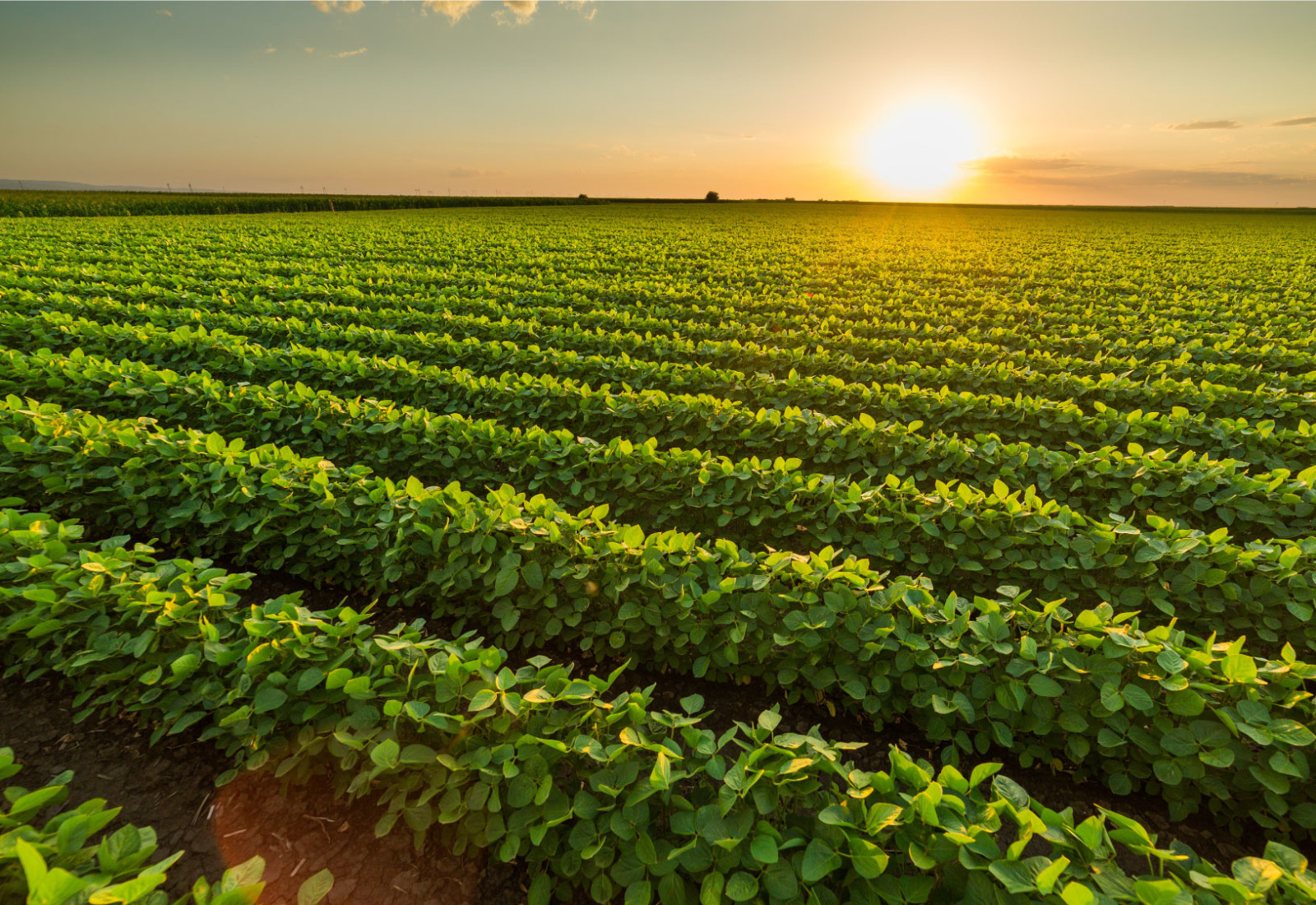Thinking of Growing Soybeans? Make a Multi-Year Commitment

Written by Kayla Graham
Interest and curiosity about soybeans is on a steady incline across the Prairies. Farmers are looking for options to diversify their rotations and risk portfolios, and more and more are considering soybeans as a good fit. NorthStar Genetics has a complete lineup of soybean varieties, including early maturing genetics for the shorter growing seasons of western Manitoba, Saskatchewan and Alberta. But there is more to be considered before trying and learning how to grow soybeans. According to NorthStar Genetics COO Travis Williams, making a multi-year commitment is the best thing you can do to evaluate how well soybeans fit on your farm.
“A number of reasons jump out as to why you need to make a multi-year commitment to grow soybeans,” says Williams. “Number one is weather. There can be huge variability in weather from year to year. You don’t want to over commit your rotation based on a really good soybean growing year – nor should you give up on soybeans based on a dry year. It is a gamble to make your cropping decisions based on the prior year’s conditions. You tell me what the weather is going to be next summer, and I’ll tell you exactly what you need to grow,” jokes Williams. “The key is to make a three to four year commitment with soybeans in your rotation to eliminate the weather peaks and valleys and then assess the value that soybeans bring to your farm.”
Rotation is the second reason. Having soybeans in your rotation creates huge value ranging from disease management, herbicide rotation and higher yields on crop following soybeans. “We absolutely see there are higher yields on crops following soybeans,” Williams says. When asked for an example, he tells a story of a farm customer in a wheat-canola-wheat-canola rotation. “The customer broke up his regular rotation by planting soybeans on 80 acres of his quarter section and the other half with canola. He went back to wheat the following year and then seeded the entire quarter section to canola. On the side the soybeans were grown (two years prior), he saw an eight bushel per acre higher yield on his canola.” In addition to agronomic benefits, having soybeans in your rotation also builds commodity price risk management.
Williams’ final reason to make a multi-year commitment to growing soybeans is that with each year farmers will improve their ability to grow soybeans. “The first year you grow soybeans, and I say this smiling, you may not be the best at growing soybeans,” says Williams. He explains that just like anything else, growing soybeans is a skill that gets better with experience, knowledge, trial and error. “You’re going to get better with each year you grow soybeans. All of the benefits will improve as you do. But you don’t have to learn alone; please ask for help. Our NorthStar Genetics team is very passionate and committed to helping farmers grow soybeans.”
Farmers who are starting their soybean journey have many questions on varietal selection, agronomics, soil type, farm equipment and harvest management. “We are happy to help farmers with all of those factors. We get asked a lot about our early genetics. It’s very important to know what variety to grow on your farm. It’s equally important to know how to grow it,” advises Williams. “We have early maturing varieties that yield. We’d be happy to help you grow them.”
Making a multi-year commitment may seem like a cumbersome obligation, but Williams challenges farmers to see it in a different way. “My encouragement is to not make a forward-benefiting decision based on one try, give it at least three years.”



